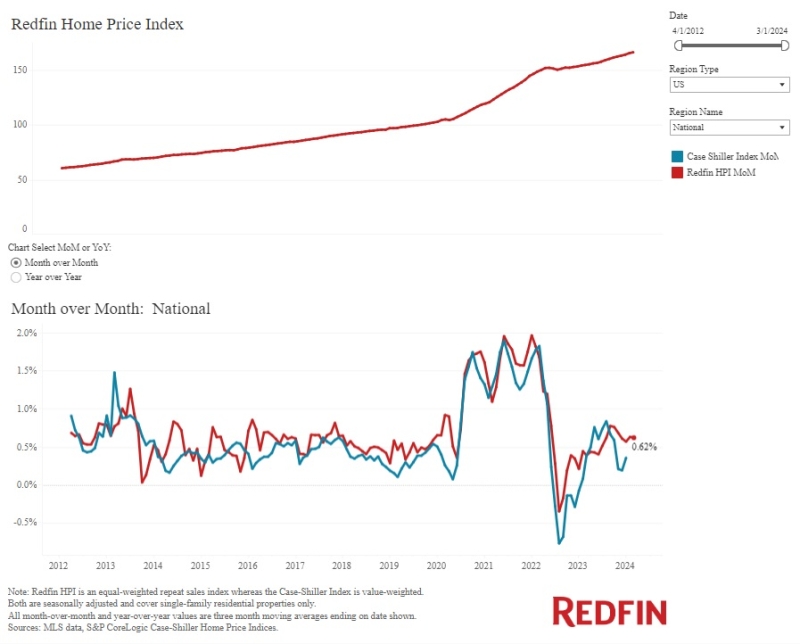Advertisement
Chase opens mortgage office in Princeton, N.J.
Mortgage lender insolvencies due to bad credit near endMortgagePress.comMortgage lender insolvencies
Mortgage lender insolvencies due to poor underwriting are
probably nearing an end, according to a study of credit risk
published by SMR Research Corporation of Hackettstown, N.J.
Ironically, according to the study, investors have abandoned all
private mortgage-backed securities, causing new mortgage market
turmoil, even though most lenders who started the crisis have
disappeared.
The Mortgage Credit Crisis, a 250-page study, reviewed six
measures of credit risk for each of 163 of the largest U.S.
mortgage lenders. It scored each lender based on the results
against a national average score of 1,000.
Nearly all lenders with risk scores above 1,750 are already
bankrupt, closed, sold or partially closed, the study found. Those
that scored 1,300 to 1,750 have had mixed results. Companies that
scored 1,000 to 1,300 may have trouble ahead, but due more to the
financial panic than because of their own mistakes, SMR said.
"The companies whose underwriting errors caused their own demise
are largely gone or are well known to be among the 'walking
wounded,'" said SMR President Stuart A. Feldstein. "But the
industry crisis won't end until investors regain confidence and
home prices stabilize."
Eight of the nation's 10 largest mortgage lenders earned low
risk scores, suggesting they maintained fairly high credit
standards from 2004 to 2006, when most of the underwriting excesses
occurred, SMR said.
Bank of America had the lowest risk score (465) among the 10
biggest lenders. HSBC Bank had the highest score (1,444) among the
top 10 lenders. Countrywide Financial had the second highest score
among industry giants at 1,016, indicating slightly above-average
risk, SMR said.
The lender with the highest risk score was SouthStar Funding LLC
of Atlanta, which scored 2,704. It is now closed.
The study relied on county courthouse lien records covering most
U.S. homeowners with debt, plus annual Home Mortgage Disclosure Act
reports. The six credit risk criteria studied were:
1. Estimated combined loan-to-value (CLTV) ratios of each
lender's pool of borrowers as of July 2007. (CLTV is mortgage
debt—on combined loans if the borrower has two home-secured
loans—as a percent of estimated current market value of the
home.);
2. The percentage of total loans that were provided to sub-prime
credit borrowers in a recent year;
3. The percentage of total loans recently made to borrowers without
verified incomes (stated-income or Alt-A loans);
4. The lender's reliance on piggyback loans in 2005 and 2006
(two-loan packages typically used by high-CLTV borrowers who do not
want private mortgage insurance);
5. The percentage of loans originated with adjustable rates;
and
6. The percentage of loans with low teaser start-up interest rates,
such as pay-option loans.
SMR computed each item for each lender as a variance against
national averages. The overall risk score combined the six
variances on a weighted basis, giving more weight to the CLTV ratio
than the other items.
"High CLTV lending just prior to the national home-price decline
caused the sharp rise in foreclosures, even more than lending to
borrowers with low credit scores," Feldstein said. When home prices
decline, borrowers with high CLTV ratios no longer can sell their
homes or refinance to cure a delinquency.
The study found that most of the time, the high CLTV lenders
were the same firms that catered to borrowers with credit history
problems. SMR said "risk layering"—the practice of making
loans to people with multiple types of risks—was a central
cause of the credit crisis.
Aside from lender risk rankings, the study included 45 pages of
analysis and data on the causes of the mortgage credit crisis, plus
a section on future solutions.
Stabilization of home prices would likely cause foreclosures to
ebb, SMR noted. In turn, that would require either the Federal
Reserve Board to cut short-term interest rates or the passage of a
lot more time.
For more information, visit www.smrresearch.com.
About the author





